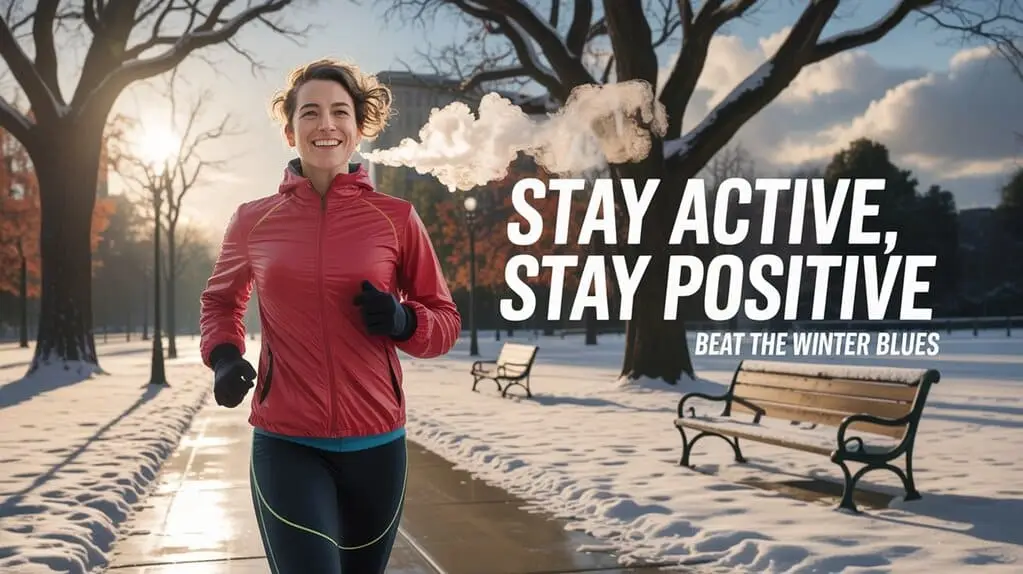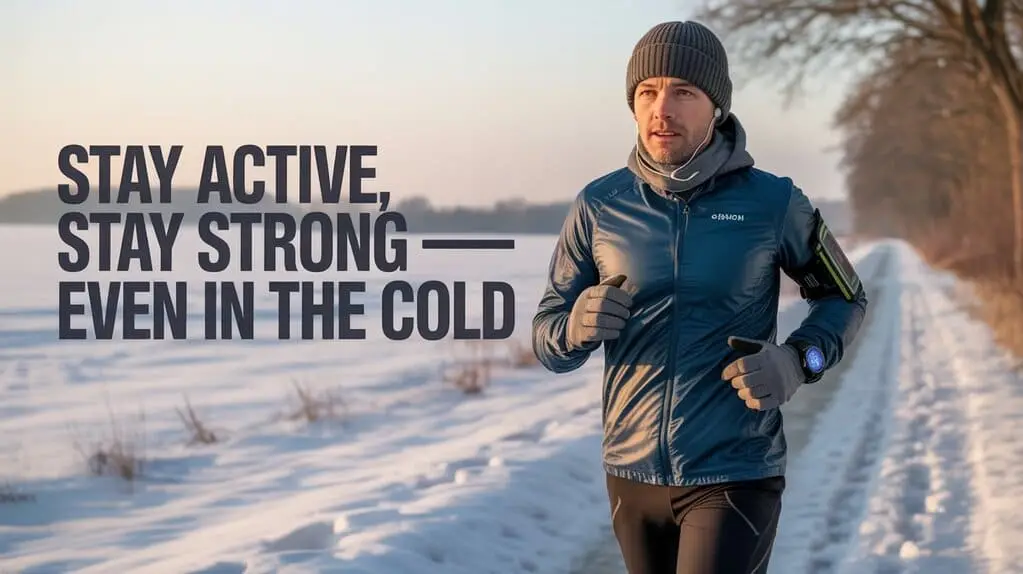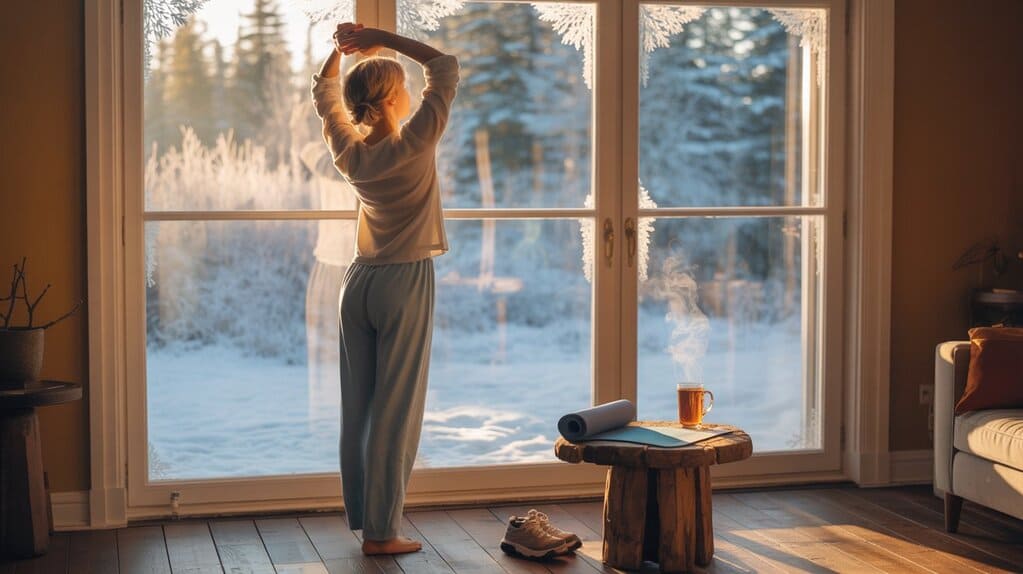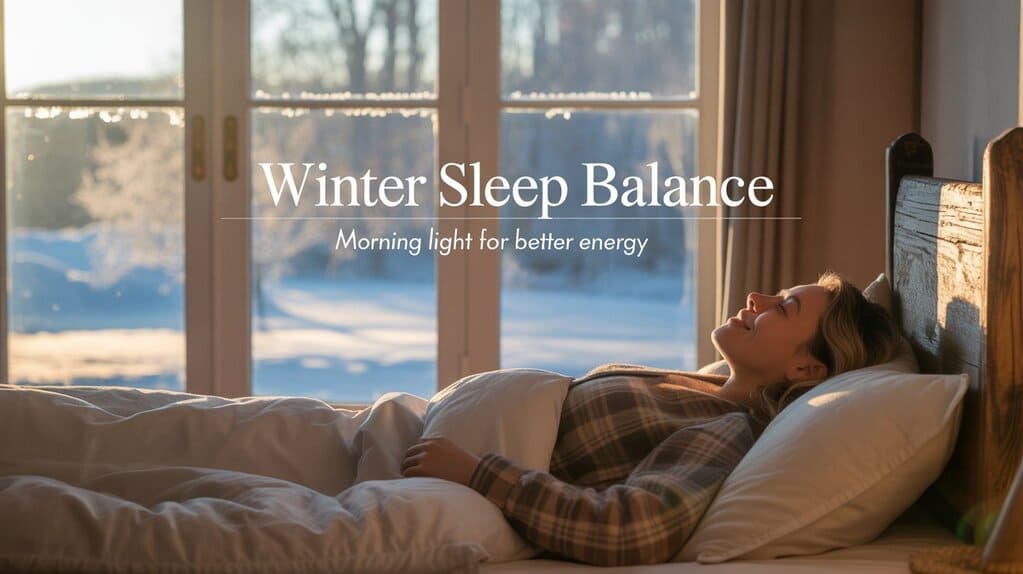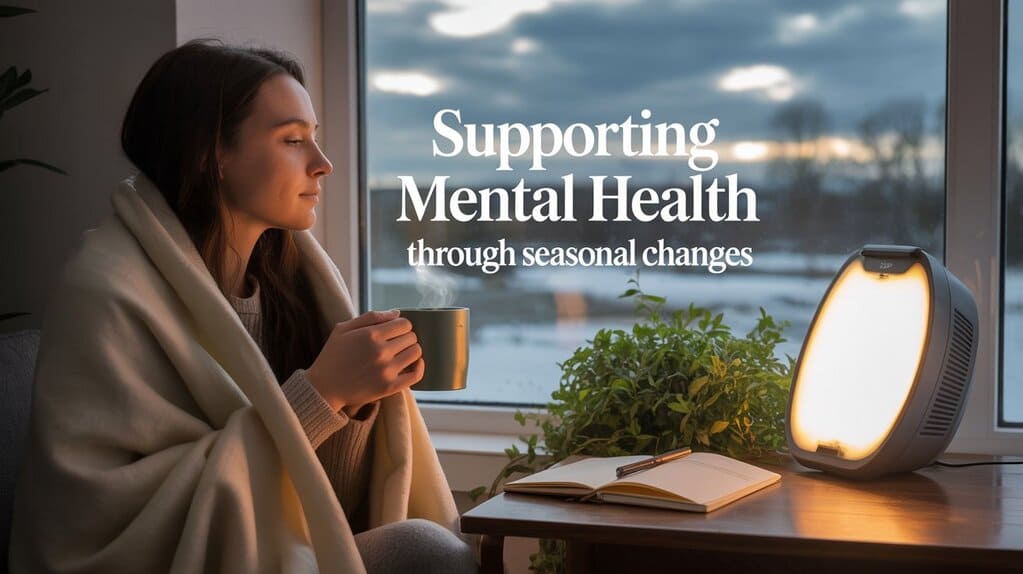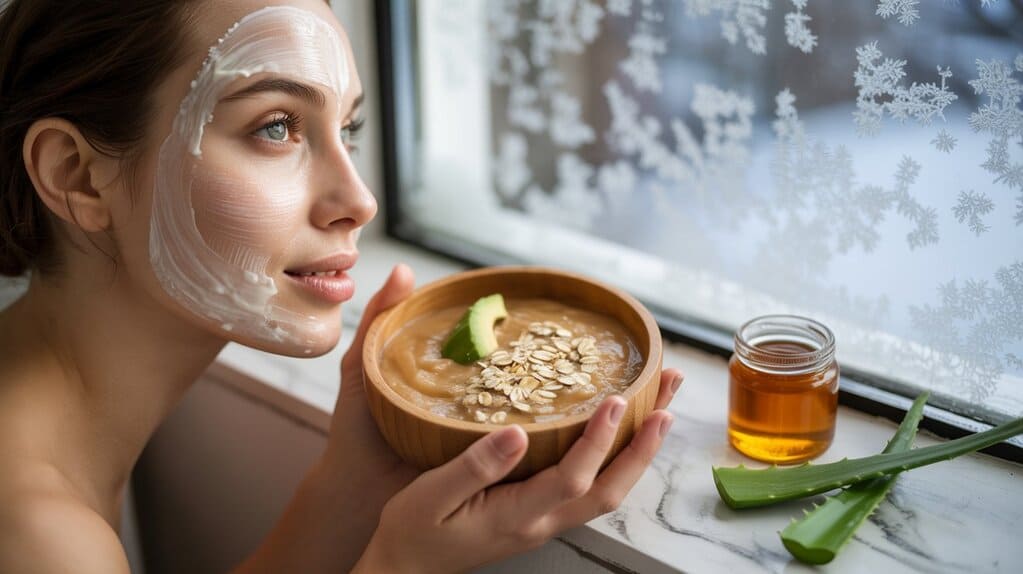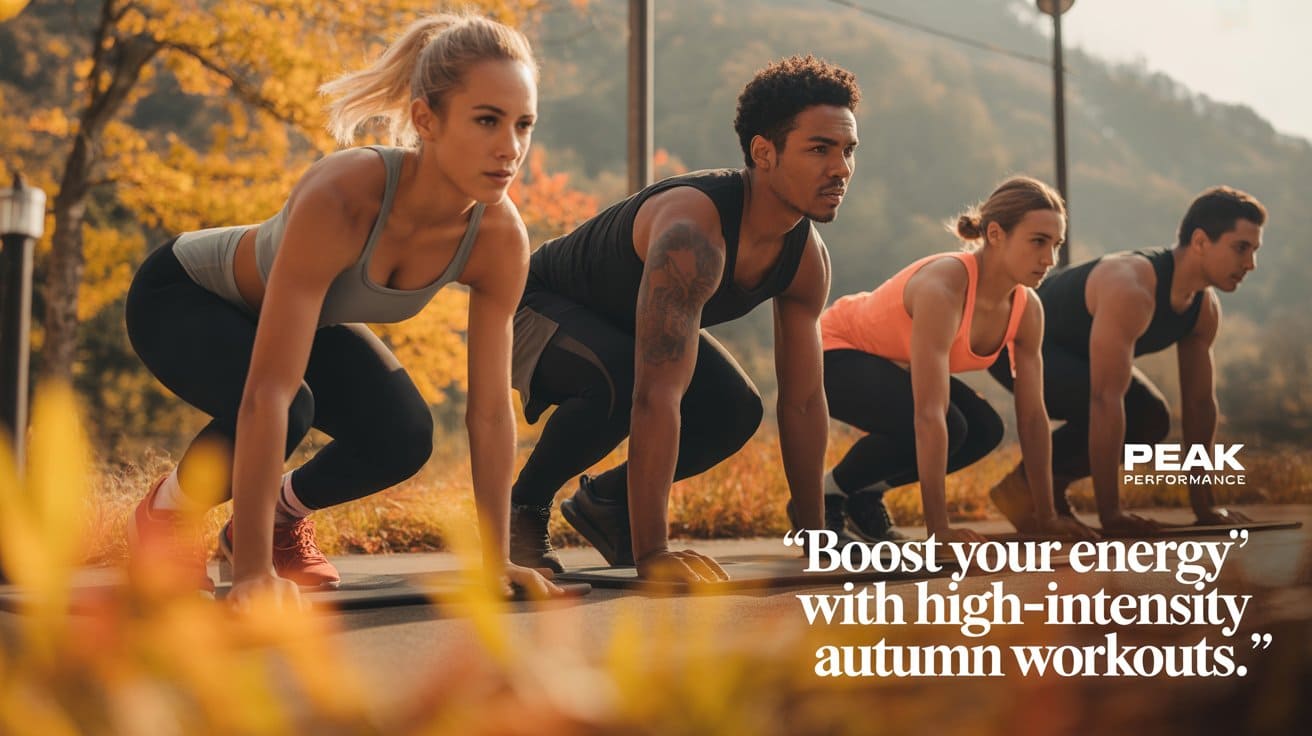
Introduction
Autumn is a golden opportunity to renew your fitness routine. Cooler air, changing light, and the crisp scent of fallen leaves make outdoor movement inviting — yet season changes also bring shorter days and fluctuating temperatures that can derail motivation. Whether you’re a beginner, a weekend warrior, or a seasoned athlete, tailoring your exercise plan for fall helps you stay active, resilient, and healthy all season long. This guide explains why autumn is a great time to exercise, which workouts work best, how to stay safe in cooler conditions, and how regular movement supports immunity and mental wellbeing. It uses recent scientific findings and authoritative guidance from global bodies and peer-reviewed studies so you can plan with evidence-based confidence. Organisation mondiale de la santé+2ACSM+2
Key points (at a glance)
- Aim for at least 150 minutes of moderate-intensity aerobic activity per week (or 75 minutes vigorous), plus two strength sessions — WHO recommendation. PMC
- Walking briskly (≈3–4+ mph) is strongly associated with cardiovascular benefits and lower risk of heart rhythm problems. Autumn is ideal for brisk outdoor walks. Heart
- Mix outdoor and indoor training: outdoor aerobic work for mood and vitamin D exposure; indoor resistance and balance training to maintain strength as daylight shortens. Mayo Clinic+1
- Prepare for cooler weather: warm up longer, layer clothing, protect extremities — cold muscles perform worse and are more injury-prone. ACSM+1
- Regular moderate exercise supports immune surveillance (myokine-mediated anti-inflammatory effects) — good for avoiding seasonal infections when combined with vaccination and hygiene. PMC+1
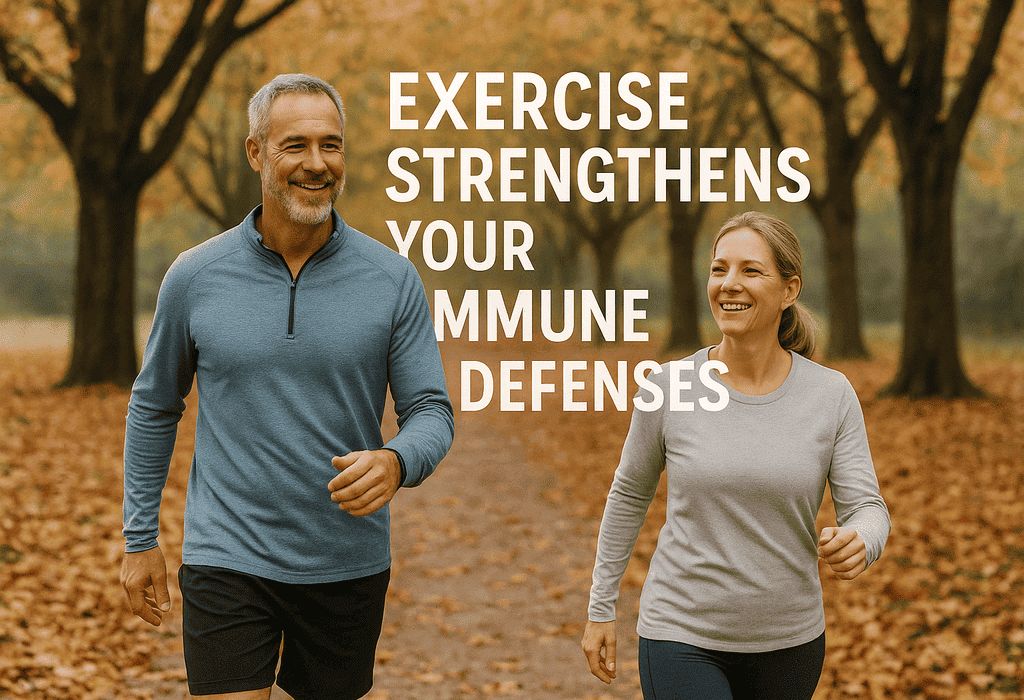
Why autumn is an excellent season for fitness
Autumn combines mild temperatures (in many regions), lower humidity, and colorful scenery that make outdoor activity more pleasant and sustainable than mid-summer heat or winter cold. Seasonal research shows activity levels fluctuate across the year, but in many populations autumn is a window where walking and light to moderate outdoor activity are relatively high — leverage this to build or re-start habits. Studies from Europe and Asia tracking daily steps and accelerometer-based activity show clear seasonal patterns that exercise planners can use to their advantage. PMC+1
Exercise in natural (green/blue) spaces also boosts mood, attention, and stress resilience — benefits especially helpful as daylight shortens and many people experience a seasonal dip in mood. Combining sensible outdoor exercise with strength, balance, and flexibility training gives the broadest health payoff. ScienceDirect+1
The best autumn exercises — what to do, why, and how often
Below is a practical table summarizing ideal autumn workouts, typical intensity, suggested frequency, and top benefits.
| Exercise | Intensity & duration | Suggested frequency | Top autumn benefits |
|---|---|---|---|
| Brisk walking / power walking | Moderate — 30–60 min per session (3–4+ mph brisk pace) | 3–7 × weekly | Cardiovascular health, mood, joint-friendly, supports metabolic health; linked to lower arrhythmia risk. Heart+1 |
| Trail running / jogging | Moderate–vigorous — 20–45 min | 2–4 × weekly | Builds aerobic fitness, stronger bones, autumn scenery motivation; requires good footwear & caution on wet leaves. PMC |
| Cycling (outdoor) | Moderate — 30–60 min | 2–4 × weekly | Low-impact cardio, commute-friendly, keeps you outdoors as days shorten. Organisation mondiale de la santé |
| Resistance training (bodyweight, bands, weights) | Moderate — 20–40 min | 2–3 × weekly | Preserves muscle mass, metabolic health, strength for daily life. Can be indoor or outdoor. PMC |
| HIIT / interval sessions | Vigorous — 10–20 min per session | 1–2 × weekly (not consecutive days) | Time-efficient cardio and metabolic boost; keep total weekly vigorous time within WHO limits. PMC |
| Balance & mobility (yoga, Tai Chi) | Low–moderate — 15–30 min | 2–4 × weekly | Fall prevention, flexibility, stress reduction — particularly important for older adults. Organisation mondiale de la santé |
| Group classes / social sport | Moderate | 1–3 × weekly | Social engagement, motivation, mood benefits (group running showed better energy). ScienceDirect |
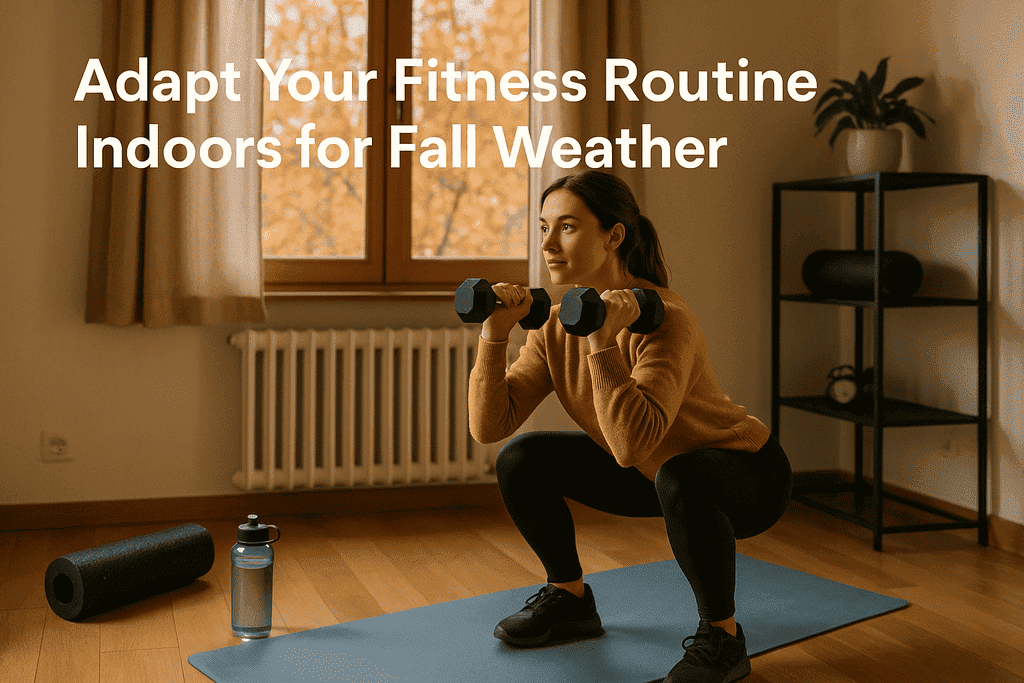
How to structure an autumn week (sample plan)
- Mon: Brisk 40-minute walk (outdoors) + 10 minutes mobility.
- Tue: Strength circuit (30 minutes) — push/pull/legs/core.
- Wed: Rest or gentle yoga (20 minutes).
- Thu: Interval walk/run (20–30 minutes total).
- Fri: Brisk walk or cycle commute (30–45 minutes).
- Sat: Longer trail hike or group run (45–60 minutes).
- Sun: Recovery walk + balance exercises (15–20 minutes).
This distribution follows WHO guidance on mixing moderate and vigorous activity and two weekly strength sessions to preserve muscle and bone health. PMC
Safety & cold-weather tips (science-backed)
- Warm up longer: muscle temperature drops in cooler air; longer warm-ups reduce injury risk and improve power output. ACSM guidance highlights that cold muscles produce less force and fatigue faster. ACSM+1
- Layer clothing: start cool; you’ll warm up. Protect hands, ears, and feet as extremities lose heat quickly.
- Watch the surface: wet leaves, early frost, and mud increase slip risk — choose footwear with good traction.
- Hydrate: cooler weather can blunt thirst; maintain fluid and electrolyte balance.
- Modify intensity if ill: moderate regular exercise supports immune function, but avoid intense sessions when you have fever or systemic infection. Reviews show consistent moderate exercise primes immune surveillance via myokines and anti-inflammatory pathways. PMC+1
Autumn fitness and immunity — what the research says
Regular moderate-intensity exercise strengthens immune function over the long term by improving immune cell circulation, reducing chronic inflammation, and enhancing vaccine responses in some studies. Classic reviews and more recent clinical summaries indicate moderate habitual activity helps the immune system “patrol” the body more effectively; by contrast, very prolonged high-intensity effort may transiently suppress immunity if recovery is inadequate. Combine sensible exercise with vaccination, hand hygiene, and good sleep to stay well during the seasonal rise of respiratory infections. PMC+1
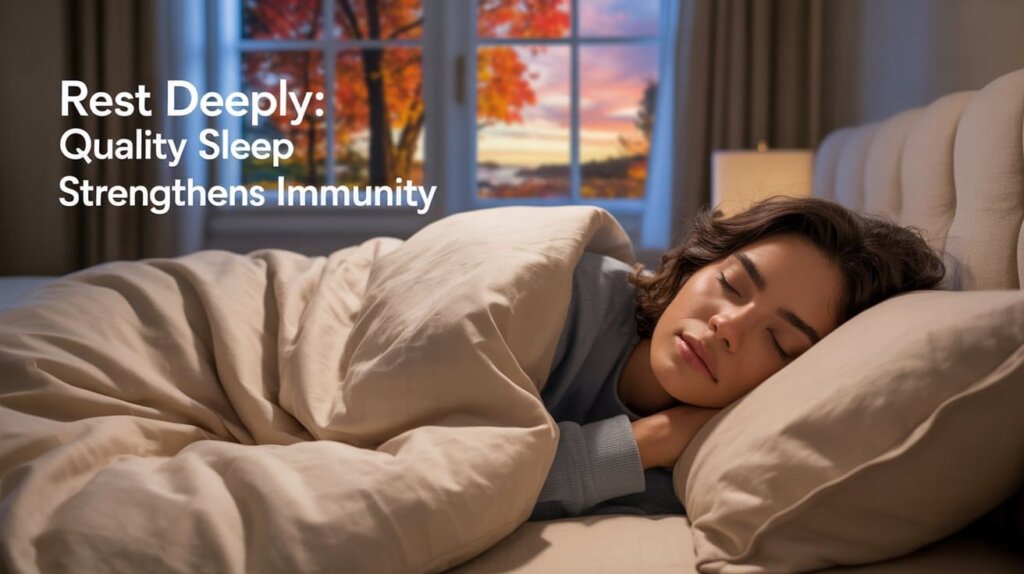
Mental health, sleep, and autumn exercise
Autumn’s lower daylight can affect mood and sleep. Outdoor exercise — especially in natural spaces — improves mood, reduces anxiety and fatigue, and supports sleep quality. A randomized trial of group-based running showed improvements in energy and lower fatigue, and other studies link nature-based activity to better mental wellbeing. Prioritize morning or midday outdoor sessions where safe: exposure to daylight plus movement helps circadian rhythms. ScienceDirect+1
How to stay motivated as daylight shortens
- Schedule workouts like meetings (block time early/weekend midday).
- Find a buddy or group — social accountability boosts adherence. ScienceDirect
- Track small wins: step goals, minutes, or consistent strength sessions. Recent evidence suggests even limited weekly activity (e.g., 8,000 steps on 1–2 days) improves longevity measures vs no activity — any movement helps. EatingWell
- Embrace variety: swapping routes, alternating indoor/outdoor sessions, and trying new classes reduces boredom.
Quick check: What the science recommends (bullet summary)
- Adults: 150–300 minutes moderate activity or 75–150 minutes vigorous weekly + strength 2×/week. (WHO). PMC
- Older adults: include balance and fall-prevention training. Organisation mondiale de la santé
- In cold weather: warm up longer, layer, and avoid high-intensity sessions when acutely ill. (ACSM and vascular/environmental studies). ACSM+1
Practical autumn workout checklist
- Waterproof, layered clothing and grippy shoes.
- Phone, ID, and a small light if you’ll be out near dusk.
- Hydration bottle and small snack for longer sessions.
- Reflective gear on low-light days.
- Plan an indoor backup (strength or mobility routine) for rainy/cold days.
Conclusion
Autumn is a golden season to build consistent, enjoyable habits that support cardiovascular fitness, strength, balance, immunity, and mental health. Focus on sustainable movement: brisk walking, outdoor cycling, trail running where safe, and at least two weekly strength sessions. Follow safety guidance for cooler conditions and leverage daylight exposure to support mood and sleep. The evidence from global public-health guidelines and modern cohort and experimental studies supports a mixed program of aerobic, resistance, balance, and mobility work — and shows that even modest, regular activity delivers measurable health gains. Lace up, layer up, and enjoy the season — your heart, muscles, mind, and immune system will thank you. PMC+2Heart+2
Selected references & further reading
- World Health Organization. Physical activity fact sheet / Be Healthy: Physical activity. WHO. (2020; updated guidance 2024). PMC
- Qin P, et al. Association of self-reported and accelerometer-based walking pace with incident cardiac arrhythmias. Heart (BMJ). 2025. (Prospective cohort using UK Biobank — brisk walking linked to lower arrhythmia risk). Heart+1
- American College of Sports Medicine. Cold temperatures and exercise — guidance and cautions. ACSM articles and clinical commentary. (2024). ACSM
- Campbell JP, Turner JE. Exercise and immune function: A brief update. (Classic review; exercise enhances immune competency). 2018. PMC
- Segreti A, et al. Effects of environmental conditions on athlete performance and physiology. PMC (2024) — discusses cold impacts on performance and cardiovascular strain. PMC
- Mayo Clinic. Walking: Trim your waistline, improve your health. Practical patient guidance on walking benefits. Mayo Clinic
- Royal College of General Practitioners (UK). Physical Activity, Exercise and Immune Function. Fact sheet (2020, reviewed). rcgp.org.uk
- Kubota A, et al. Seasonal changes in daily steps of community-dwelling older adults. (2024). Shows seasonal step variability and implications for planning. PMC
- Li M, et al. Accelerometry-Based Physical Activity and Sedentary Patterns in Chinese Adults. China CDC Weekly (2025). Provides Asia-region accelerometer data and seasonal considerations. weekly.chinacdc.cn
- Legrand FD, et al. Benefits of group-based running on feelings of energy and fatigue. (2025). Evidence for psychosocial benefits of social exercise. ScienceDirect
